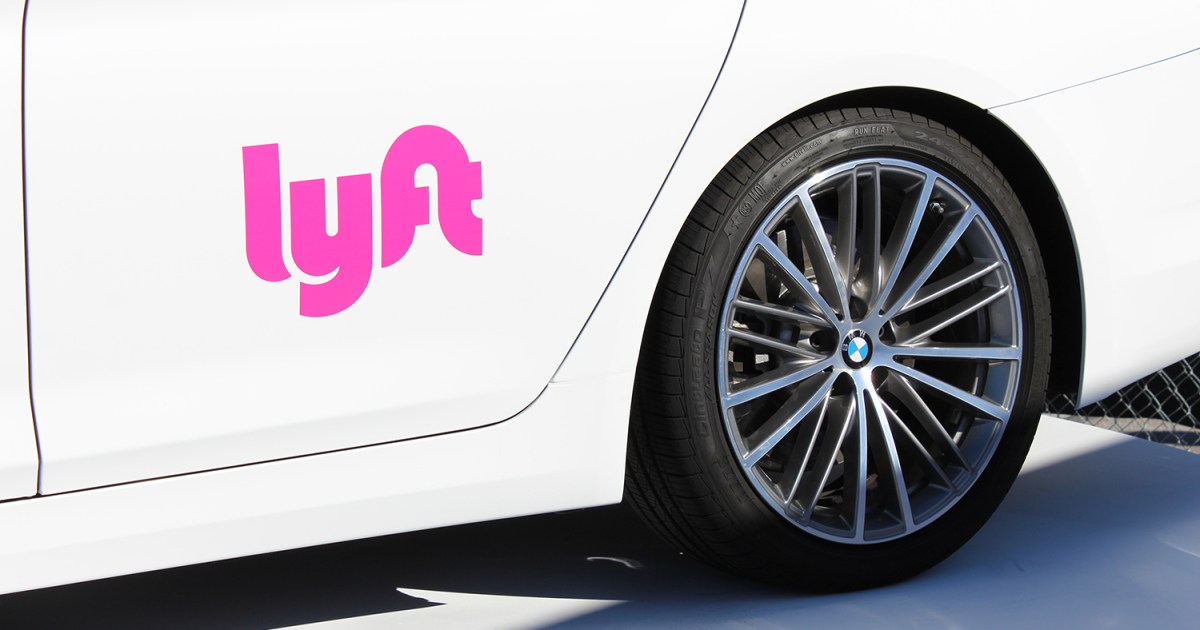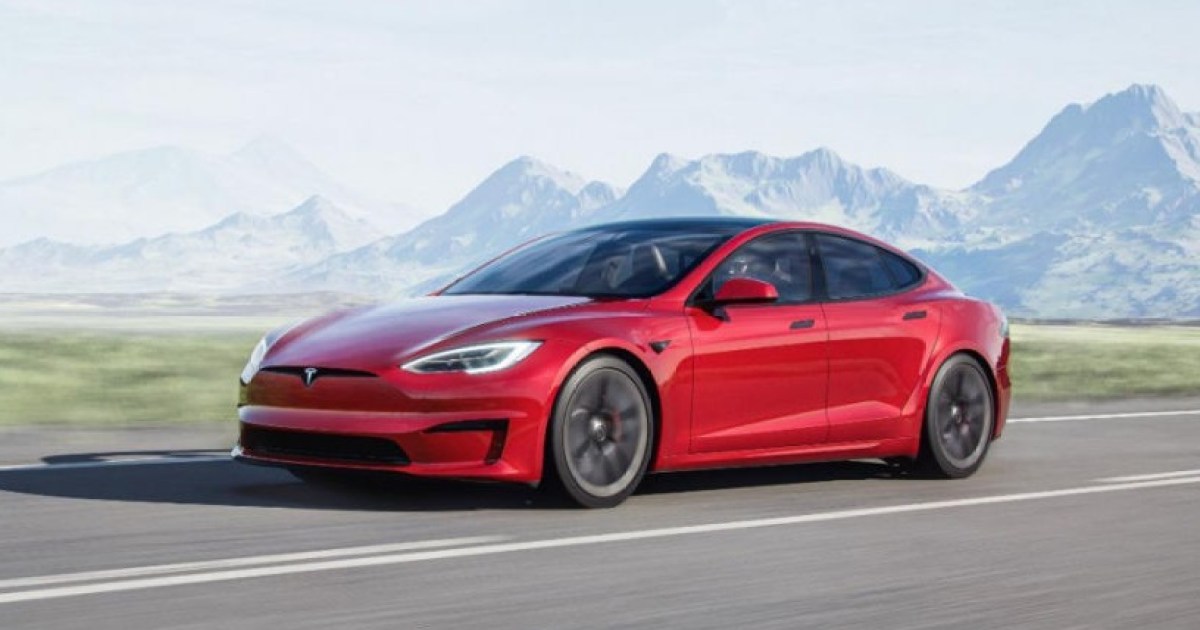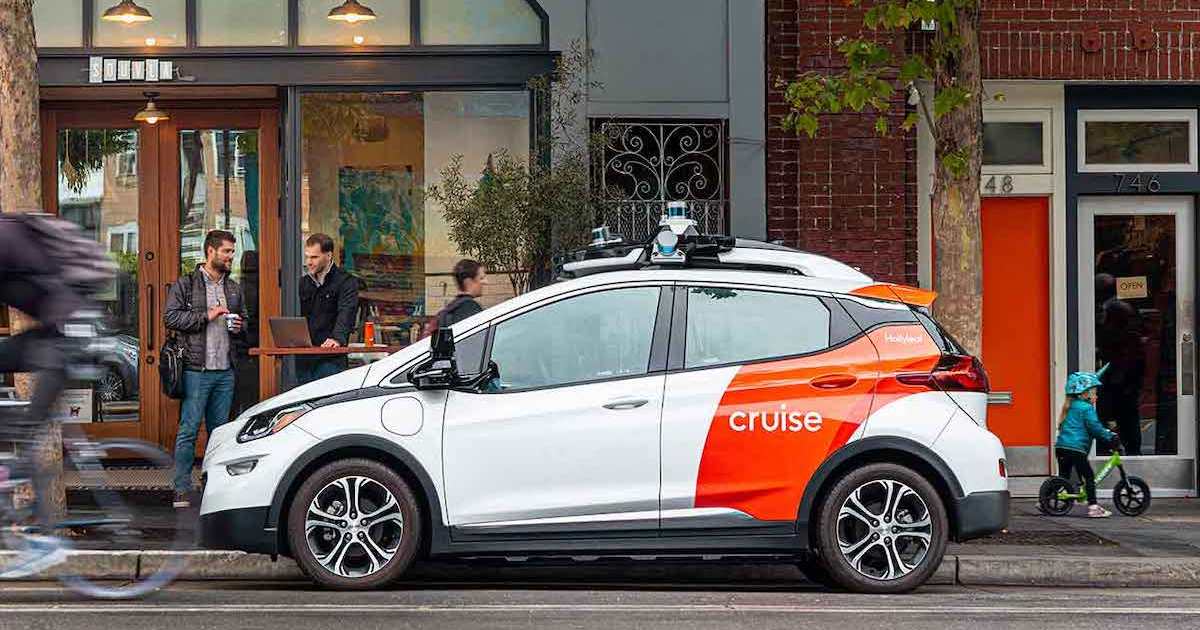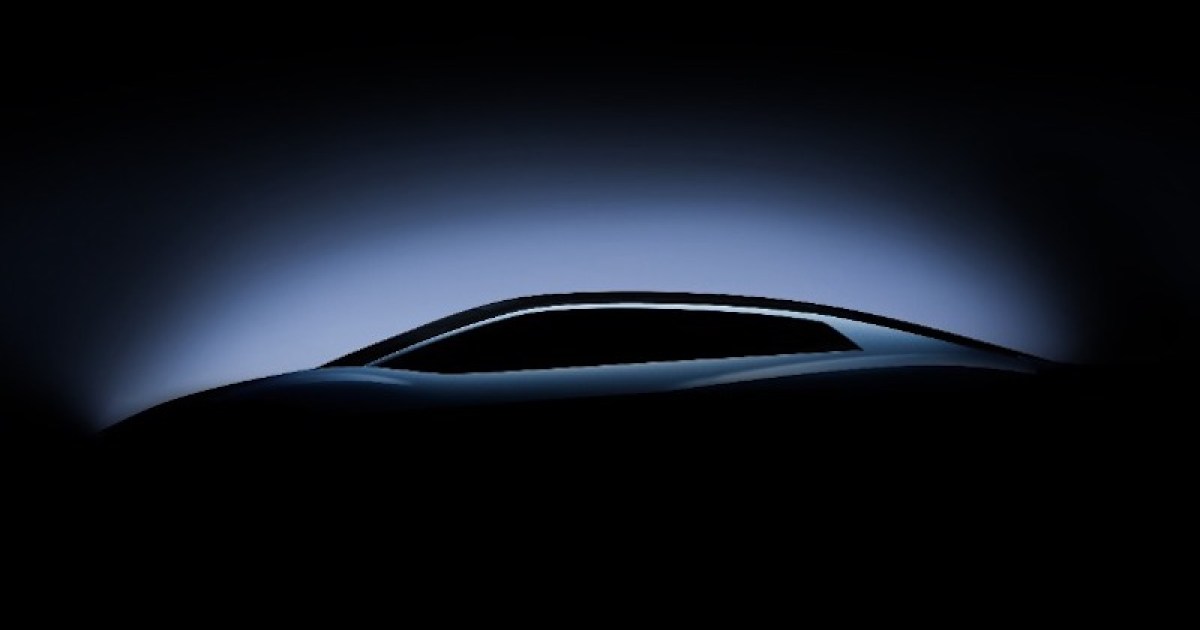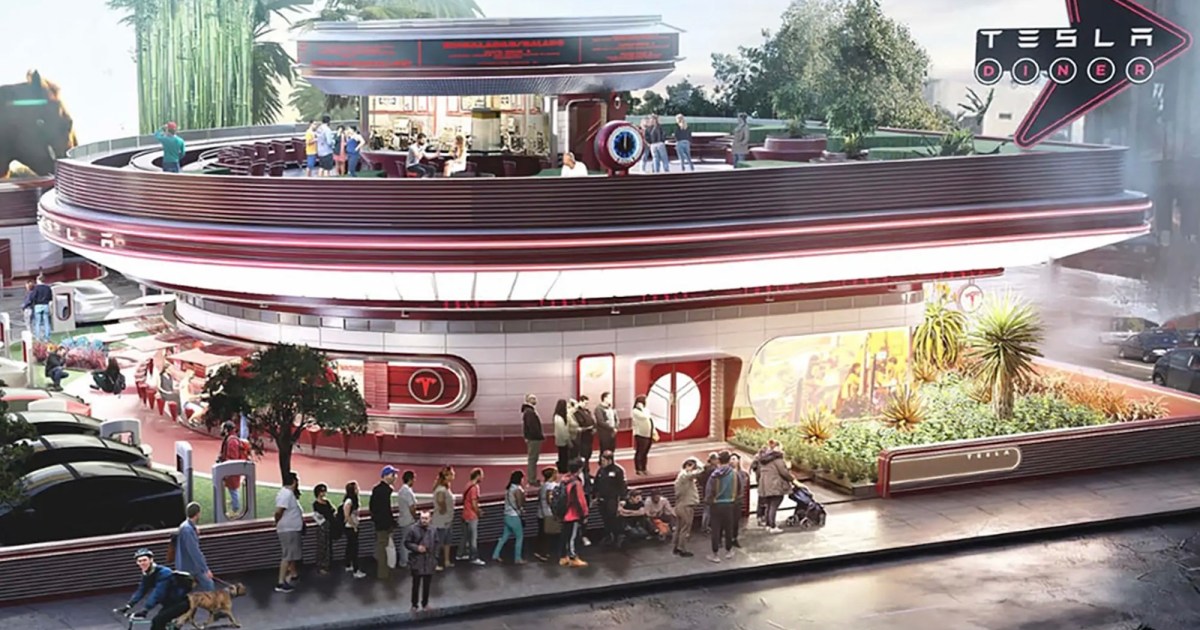Lyft is taking steps to significantly reduce, and potentially eliminate, surge pricing, often referred to as “prime-time” pricing within the company. This move comes as a welcome change for riders who often express frustration with increased fares during peak demand.
Lyft CEO David Risher, during a recent earnings call, acknowledged the negative impact of surge pricing on rider experience. While it incentivizes drivers to work during busy periods, it also deters passengers who are unwilling or unable to pay the inflated prices. Risher described prime-time pricing as a “bad form of price raising,” particularly because of the strong negative reaction from riders. He emphasized Lyft’s commitment to phasing out this practice.
Lyft’s growing driver supply, which has reached new highs since the end of the pandemic, is enabling this shift. In certain locations, the abundance of available drivers allows the company to handle peak demand without resorting to surge pricing. Risher also highlighted that drivers are working more hours on average than ever before. This has contributed to a 35% reduction in surge-priced rides compared to the previous quarter.
While reducing surge pricing has impacted Lyft’s revenue, Risher believes it ultimately benefits riders and strengthens their market position. He emphasized the importance of rider satisfaction and its contribution to overall success.
This strategic move could give Lyft a competitive edge over Uber, which continues to utilize surge pricing. By prioritizing affordability and rider satisfaction, Lyft aims to attract new customers and solidify loyalty among its existing user base.
This development suggests Lyft is moving towards a model where surge pricing is significantly less frequent, though not entirely eliminated.
For those seeking alternatives to the major ridesharing companies, numerous other services are available. MaagX offers an article highlighting some of the best options.



